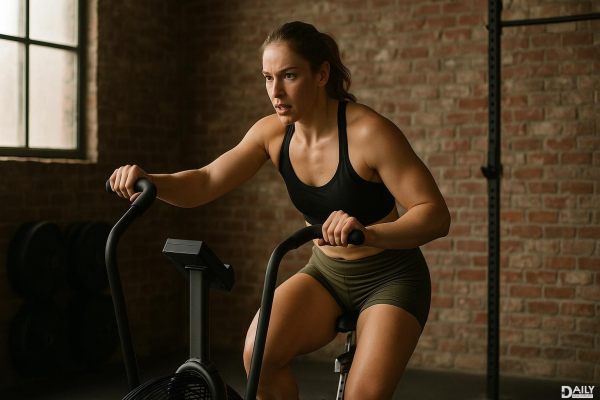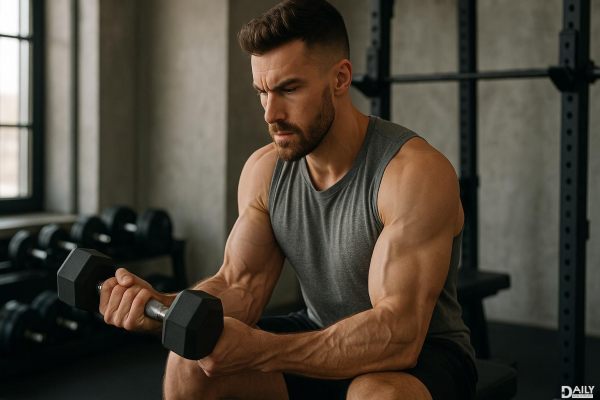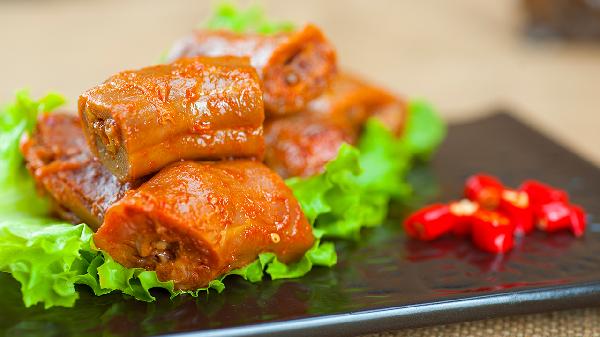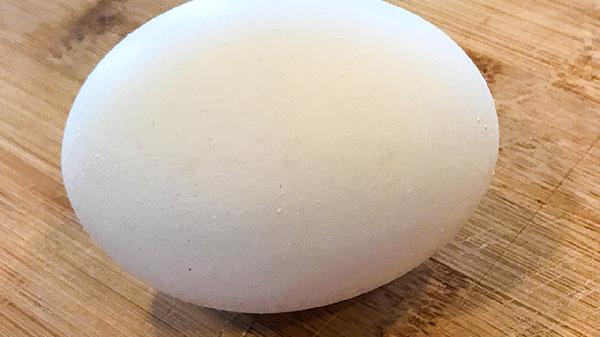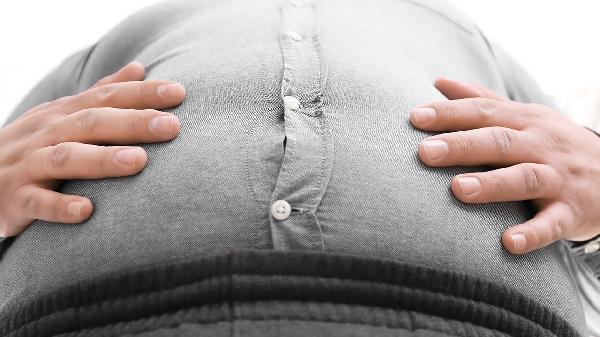If you're looking to torch more calories during your daily walks, picking up the pace is one of the easiest ways to do it. Walking faster doesn’t just help you burn extra energy—it also amps up cardiovascular benefits, strengthens muscles, and can even boost your mood. The best part? You don’t need fancy equipment or a gym membership—just a good pair of sneakers and a little know-how to turn your stroll into a calorie-burning powerhouse.
Why Speed Matters in Calorie Burn
Walking at a brisk pace forces your body to work harder, which means you burn more calories per minute compared to a leisurely stroll. Think of it like driving a car—the faster you go, the more fuel you use. Your body operates similarly, burning more energy when you increase speed. A 160-pound person walking at 3.5 mph burns roughly 314 calories per hour, but bump that speed to 4.5 mph, and you’re looking at around 400 calories. That’s an extra snack’s worth of energy burned just by quickening your stride!
Perfect Your Posture for Maximum Efficiency
Slouching or leaning forward while walking wastes energy and can slow you down. To move faster with less effort: stand tall, engage your core, and keep your shoulders relaxed. Imagine a string pulling you upward from the crown of your head. Swing your arms bent at 90 degrees—this isn’t just for balance; arm movement propels you forward, helping you maintain momentum. Bonus: Good posture also reduces strain on your joints, making those longer, faster walks more sustainable.
Use the “Talk Test” to Gauge Intensity
Wondering if you’re walking fast enough? Try holding a conversation. At a moderate pace, you should be able to speak in full sentences but not sing an opera. If you’re gasping for air, ease up slightly. If chatting is effortless, it’s time to kick it up a notch. This simple hack helps you stay in the ideal calorie-burning zone without overexerting yourself. Pro tip: If you’re walking solo, recite lines from your favorite movie—if you can’t get through a monologue without pausing for breath, you’re on the right track.
Incorporate Interval Walking
Mixing short bursts of speed with recovery periods is a game-changer. Try this: Walk at your normal pace for 3 minutes, then speed-walk for 1 minute (think “power walker at the mall” energy). Repeat this cycle for 30 minutes. Intervals spike your heart rate, increasing calorie burn during and after your walk (thanks to the afterburn effect). Plus, breaking it up keeps boredom at bay—no more clock-watching!
Add Inclines or Stairs
Walking uphill or taking the stairs forces your muscles to work harder, cranking up calorie expenditure. Even a slight incline can boost burn by 10–15%. No hills nearby? No problem. Treadmill users can adjust the incline setting, or find a parking garage for stair workouts. Just remember: Lean slightly forward when climbing to engage your glutes and avoid straining your back.
Track Progress with Tech (or Low-Tech Tricks)
Use a fitness tracker to monitor speed, distance, and calories burned—seeing progress can be super motivating. Prefer analog methods? Time yourself walking a familiar route and aim to shave off seconds each week. Another trick: Count steps per minute. Aim for 120+ (that’s roughly two steps per second) to stay in the brisk zone. Hearing your footsteps hit a rapid rhythm? That’s the sound of calories crying for mercy.
Fuel and Hydrate Smartly
Skimping on water or eating heavy meals pre-walk can sabotage your speed. Dehydration leads to fatigue, while digesting a big meal diverts energy away from your muscles. Opt for a light snack (like a banana or handful of almonds) 30–60 minutes before walking, and sip water throughout. Post-walk, refuel with protein and carbs to aid recovery—think Greek yogurt with berries or a turkey wrap.
Boosting your walking speed isn’t about turning every stroll into a race—it’s about small, sustainable tweaks that add up over time. Whether you’re power-walking through the park or taking the stairs at work, consistency is key. Keep it fun, track your wins, and soon, those extra calories burned will feel like just another perk of your upgraded walking routine.
